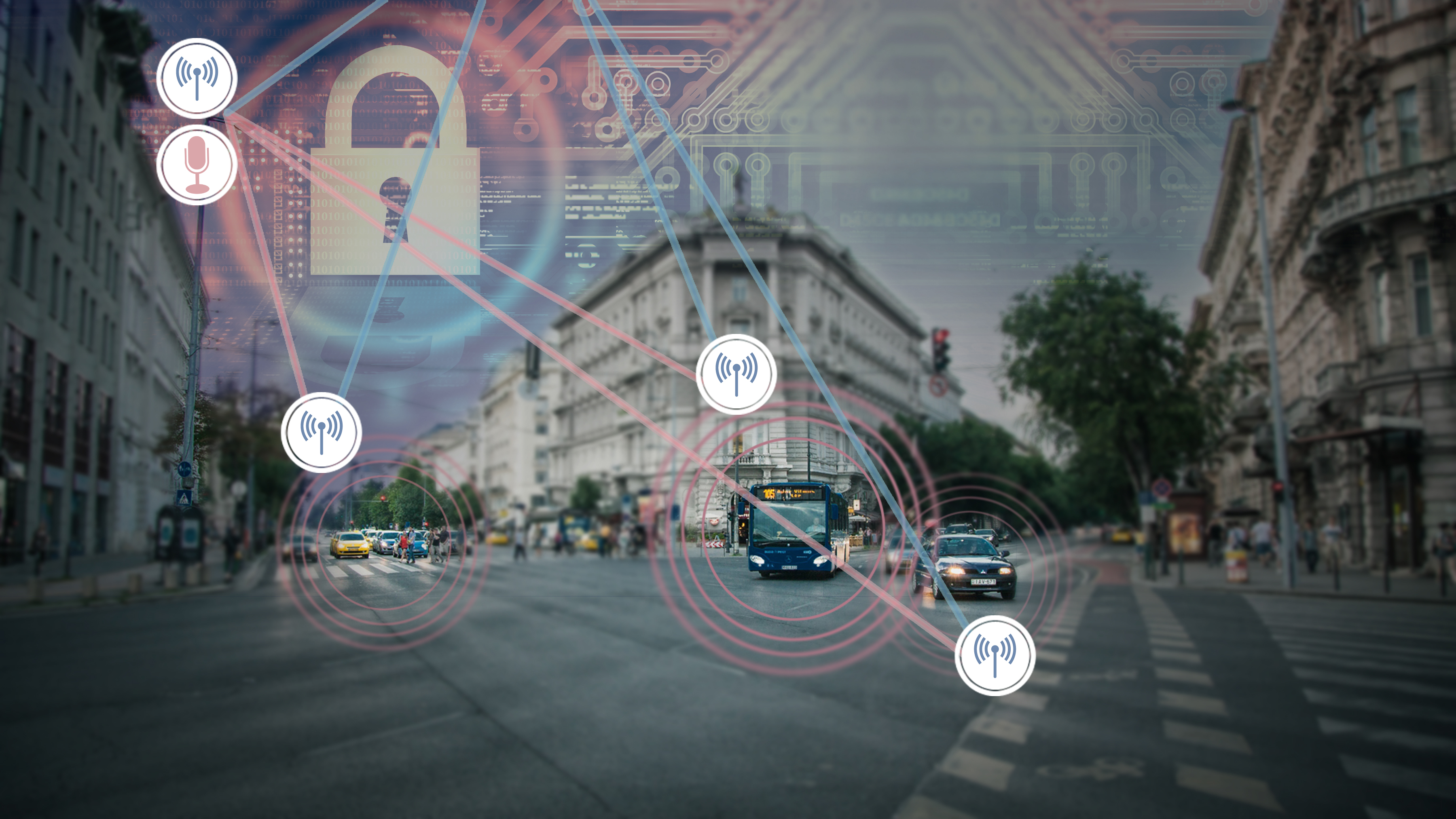TRAICT II - Trusted resource aware ICT
The TRAICT II project combines the two cutting-edge research areas of trustworthy and sustainable electronics by asking the following questions: How can we ensure the reliability and trustworthiness of critical electronic components and systems in globally interconnected supply and value chains? And how can we simultaneously conserve resources and increase the energy efficiency of electronic components and systems? The field of information and communications technology is uniquely suited to answering these questions.
In our modern, networked world, information and communications technology (ICT) is considered one of the most important critical infrastructures for both end users and industry. As such, ICT essentially relies on the availability of microelectronic components and systems that are both trustworthy to protect data and particularly efficient to keep the ever-increasing amounts of data manageable from an energy efficiency perspective. Therefore, Fraunhofer IPMS and its partners are researching trustworthy and energy-efficient hardware and software components for modern 5G communication technology in the TRAICT II project.
In the project, trustworthy system architectures and trustworthy components are investigated. In this context, 5G hardware components are analyzed from the assembly to the transistor level using new testing methods and reverse engineering, and a new methodology for testing is developed. Fraunhofer IPMS contributes its expertise in the RISC-V platform and is working on integrated functionally safe RISC-V subsystems for real-time communication: a dynamically reconfigurable embedded platform for software/hardware co-designs for industrial and automotive communication. A prototype RISC-V-based security module that enhances the security of critical network components and smart sensor applications will also be demonstrated.
System energy optimization is realized both locally in components, subsystems, and assemblies, and in distributed computing and system using AI-based models. Novel semiconductor materials for microelectronic components in edge and sensor devices enable significant energy savings here compared to existing technologies.
 Fraunhofer Institute for Photonic Microsystems
Fraunhofer Institute for Photonic Microsystems
